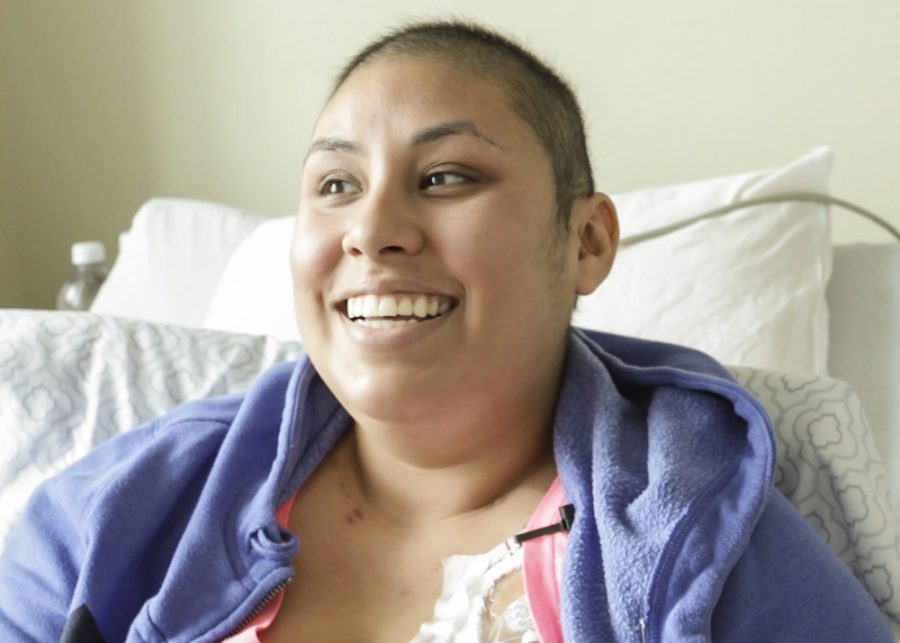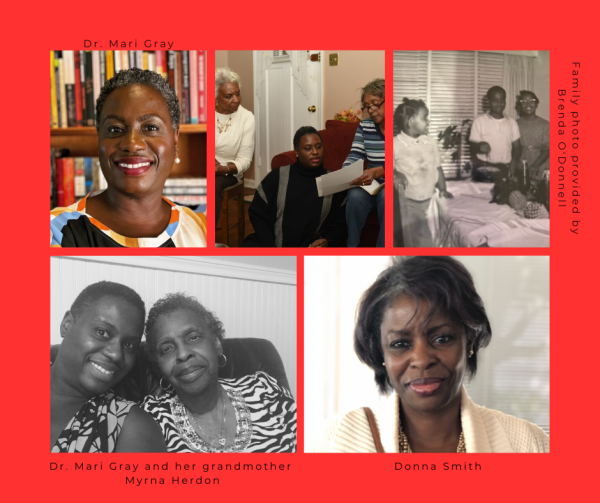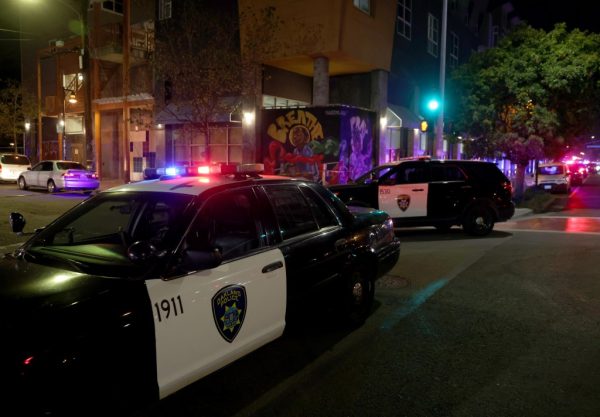Going through college with cancer
Miranda Perez started to notice her lower abdomen protrude over a two month period in 2013, but didn’t think it was anything serious. After a couple weeks of limping, Perez went into the emergency room. “I basically found out my diagnosis on my way into the emergency room,” she said.
On April 3 that same year, Perez was first diagnosed with bone cancer at 19 years old.
Within three months, two tumors, one the size of a newborn baby’s head and one the size of a lime, grew on Perez’s pelvis. “It looked like I was pregnant but I swear I wasn’t,” said Perez. “It was just a case of the cancer.”
Ewing sarcoma is an extremely rare type of bone cancer that typically occurs in children or young adults. About 200 children and young adults are diagnosed with Ewing sarcoma each year in the United States, according to St. Jude’s Children’s Research Hospital.
Perez underwent 12 rounds of chemotherapy and three rounds of radiation over a one-year span. Two tumors and part of her bladder were removed. Chemotherapy aims to kill cancer cells but often kills good cells like white blood cells, which can cause patients to be more susceptible to illnesses like the common cold or skin infections, according to the American Cancer Society.
After the surgery, Perez broke her hip line dancing and then broke her hip again after a full day of shopping. “You just have to be careful especially if you’re like me and you fracture your pelvis more than once,” Perez said. “I don’t regret going out or anything. I was having fun.”
On May 29, 2014, Perez was officially diagnosed as “cancer-free.” She started to live her life again. She got a job and began classes at Delta Community College in Stockton, California. She plans to earn her A.A. degree in psychology and become a school psychologist.
However, after 17 cancer-free months, Perez went back to the doctor for a checkup and heard the same dreaded three words that previously sent her life into chaos: “You have cancer.”
Perez was diagnosed again with Ewing sarcoma on Dec. 17, 2015 at the age of 22. The disease migrated to one of her lungs. Surgeons then removed the part of her lung that hosted the cancer cells in a partial pneumonectomy.
“I’d be lying if I said it was easy, it’s never easy,” Perez said a month after the procedure. “I feel like it’s harder this time around.”
On May 5, 2016, Perez was admitted into UC Davis Children’s Hospital in Sacramento. She stayed in the hospital for three weeks and underwent an aggressive treatment plan of five rounds of chemotherapy and a stem cell transplant.
To harvest stem cells, a high-speed stem cell centrifuge machine is used to separate fat cells through a spinning motion, which separates dormant stem cells from harvested fat, according to the Cancer Treatment Centers of America.
During her three weeks in the hospital, days dragged on. With nothing to do, every minute that passed felt like 30. Perez wasn’t allowed to leave her quarantined room under any circumstances. Her room was a positive pressure room which had its own ventilation system that constantly sterilized the air.
When she was bored, she would watch the same 25 channels on a 20-inch television in the corner. She occasionally rode a stationary bike in the room but for no longer than 30 minutes.
Laying next to a wall-to-wall window, she craved to breathe fresh air. Before entering the pressurized room, all visitors had to enter a “scrub room” where they were required to wash their hands, put on a gown, gloves and face mask.
This time around, Perez wasn’t ready to put her life on hold again. She decided to go to school and take online classes at Delta Community College, even if that meant taking her finals in the hospital.
Having cancer hasn’t stopped Perez from going out or enjoying her life. She still sees the bright side of every situation. While her friends talked about “turning up” on Cinco de Mayo, Perez talked about “turning up” on her “IV and ice chips.”
On May 25, 2016 Perez completed her treatment but does not yet know whether or not she is cancer-free. The results of the treatment take about two months to diagnose but Perez is hopeful. “I’m like a cat,” Perez said. “I have nine lives.”








